Cinderella
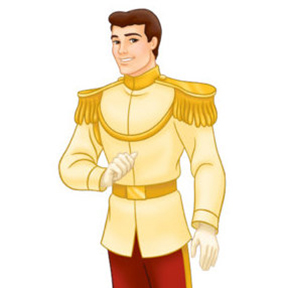 |
We all know the story of Cinderella. Beautiful girl meets handsome guy and then before he can figure out who she is, Cinderella has to run. |
|
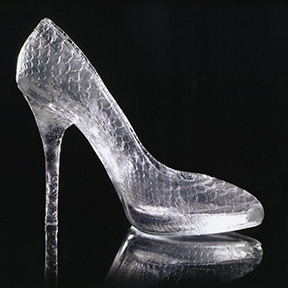 |
Luckily she leaves a glass shoe behind and she is the only woman in the kingdom with such dainty feet. | |
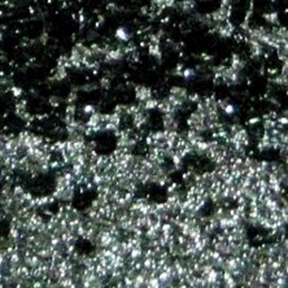 |
But what if the story went a little differently. What if a servant of the prince dropped the shoe, shattering it into a million pieces? And what if Cinderella’s evil step mother found Cinderella’s shoe and destroyed it too. Now no amount of singing mice or fairy godmother magic is going to save the day. No, the only way to find her now is science. |
|
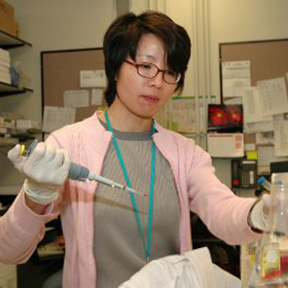 |
When the prince brings the shattered remains of Cinderella’s shoe to the royal scientist, she tells the prince it is no big deal. “We can simply take a few cells left behind on the shoe and look at the DNA to figure out who she is.” And that is just what the royal scientist did. | |
 |
|
|
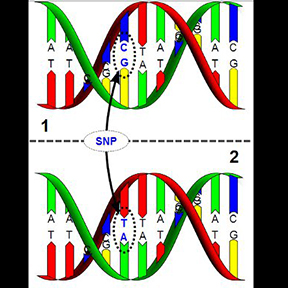 |
These 76,000 reads were chosen because they are different between people. So for example, one person might have an A at a specific location while another has a G. To keep track of the millions of differences (or polymorphisms) that scientists look at, scientists have given them each a unique name such as rs3094315. This stands for reference SNP number 3,094,315. SNP just means Single Nucleotide Polymorphism, which is a base pair change in the human genome sequence. | |
| |
The data in the Cinderella text file is row after row of what you see on the left. You read this by saying that Cinderella's DNA is AG at the rs3094315 polymorphism. This means she has an A at a certain position on one of her chromosomes in a pair and a G at the same location on the second chromosome in that pair. | |
 |
How can she have an A and a G at the same spot? Since she inherited half of her DNA from her father and half from her mother, Cinderella has two copies of every chromosome. “AG” means that she has an A at a certain position on one of her chromosomes and a G at the same location on the second one in that pair. When a person has two different polymorphisms at the same location, scientists call them heterozygous. (If they are the same on both chromosomes, it is called homozygous.) | |
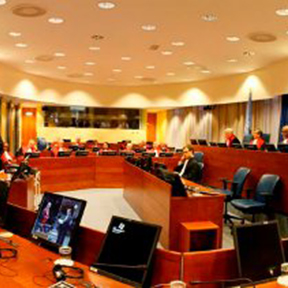 |
Unfortunately for the prince (but fortunately for the people in his kingdom), the courts won’t let him take people’s DNA willy nilly. He has to have probable cause and finding the girl of his dreams does not sway the judges.
|
|
 |
|
The royal scientist analyzed Cinderella's DNA file and homed in on six different traits that should let her identify which of the eight girls is Cinderella. Her notes are shown here.